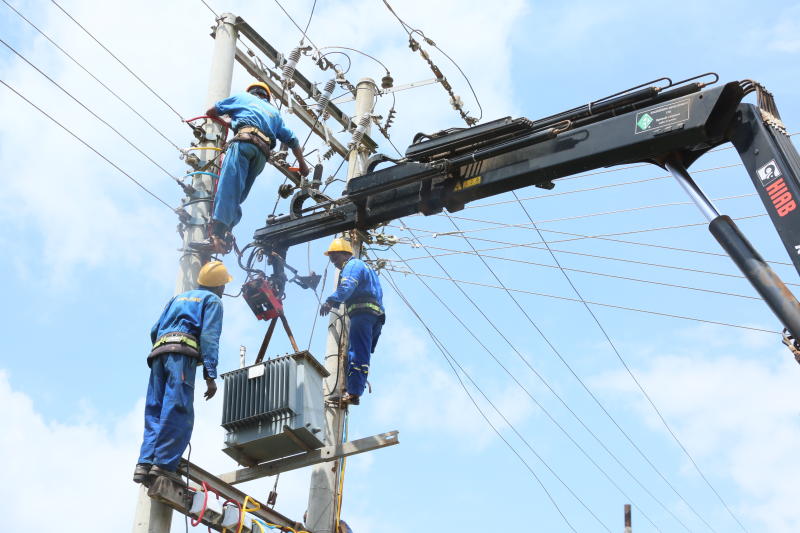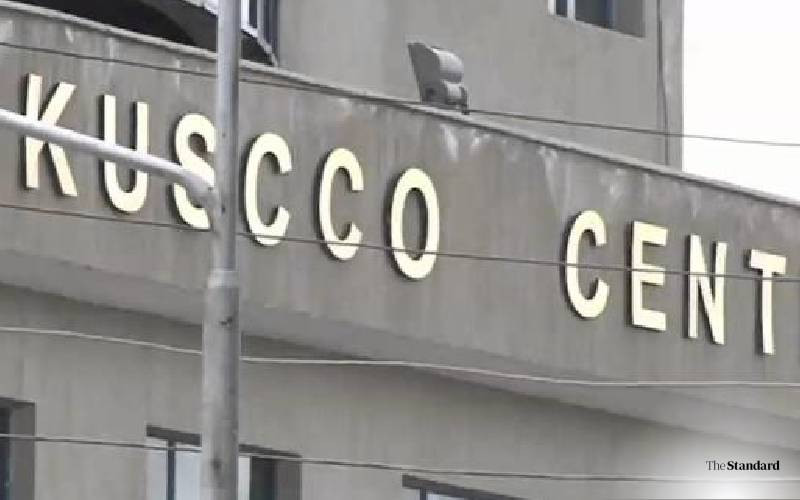The National Treasury has completed a financial health check on 18 parastatals that unearthed a cumulative five-year financial shortfall of Sh70 billion, which means that a good number of the parastatals are in the red with liabilities exceeding their assets. Consequently, National Treasury Cabinet Secretary Ukur Yatani said the government will undertake a rigorous restructuring of the State corporations.
“This requires multi-faceted efforts by all stakeholders to address the financial challenges facing SOEs including, but not limited to, possible reforms and restructuring through expenditure rationalisation, revenue enhancing measures and sealing of revenue leakages to minimise financial support from the Exchequer,” he said in a statement sent to newsroom yesterday.
Most of the parastatals will be expected to stand on their own by diversifying revenue sources, cleaning up payrolls, selling non-profitable assets and ventures and leveraging on ICT.
Treasury said it would be working closely with the corporations to stop the bleeding of public funds.
These institutions will also be expected to get concessional loans from multilateral institutions to replace expensive commercial loans and defer debt repayment to the National Treasury.
This is part of the Sh255-billion programme that Kenya has with the IMF aimed at helping the country reduce its debt vulnerabilities by cutting spending and enhancing revenues.
It is likely what will befall four of the SOEs which, besides being non-strategic, have forced the government to regularly bail them out.
Kenya Broadcasting Corporation, East African Portland Cement Company, Postal Corporation of Kenya and Kenya Post Office Savings Bank were found to be insolvent.
The restructuring of some of these state corporations, on which Treasury says it has already received proposals, is likely to lead to job losses reminiscent of the structural adjustment programmes (SAPs) of the 1990s.
The SAPs were also led by the IMF and the World Bank.
Most of the State firms that were put on the chopping board in the 1990s were non-strategic entities that were engaged in the sale of goods and services that could be better done by the private sector.
Then there are the unprofitable large service providers such as electricity distributor Kenya Power and Kenya Railways that have high debts and acute liquidity challenges.
“Unprofitable State corporations pose high fiscal risks to the government because of the large debts they owe the National Treasury and the associated repayment risks, as well as unsustainable pending bills or arrears,” said Yatani.
Treasury told the IMF that it was putting together a bail-out kitty of around Sh65 billion, which it would inject into some of the cash-strapped parastatals.
This expenditure was not captured in the Budget for the 2021-22 financial year.
The enterprises are more likely to be restructured, with the exchequer bailing them out as it did with the troubled national carrier Kenya Airways.
However, among the SOEs are cash cows such as Kenya Ports Authority, Kenya Pipeline, Kenya Airports Authority and Kenya Electricity Generating Company (KenGen), which regularly pay dividends and taxes.
And then there are those which offer social services including the four largest public universities and Kenyatta National Hospital that have also been draining the national coffers
 The Standard Group Plc is a multi-media organization with investments in media
platforms spanning newspaper print operations, television, radio broadcasting,
digital and online services. The Standard Group is recognized as a leading
multi-media house in Kenya with a key influence in matters of national and
international interest.
The Standard Group Plc is a multi-media organization with investments in media
platforms spanning newspaper print operations, television, radio broadcasting,
digital and online services. The Standard Group is recognized as a leading
multi-media house in Kenya with a key influence in matters of national and
international interest.
 The Standard Group Plc is a multi-media organization with investments in media
platforms spanning newspaper print operations, television, radio broadcasting,
digital and online services. The Standard Group is recognized as a leading
multi-media house in Kenya with a key influence in matters of national and
international interest.
The Standard Group Plc is a multi-media organization with investments in media
platforms spanning newspaper print operations, television, radio broadcasting,
digital and online services. The Standard Group is recognized as a leading
multi-media house in Kenya with a key influence in matters of national and
international interest.










